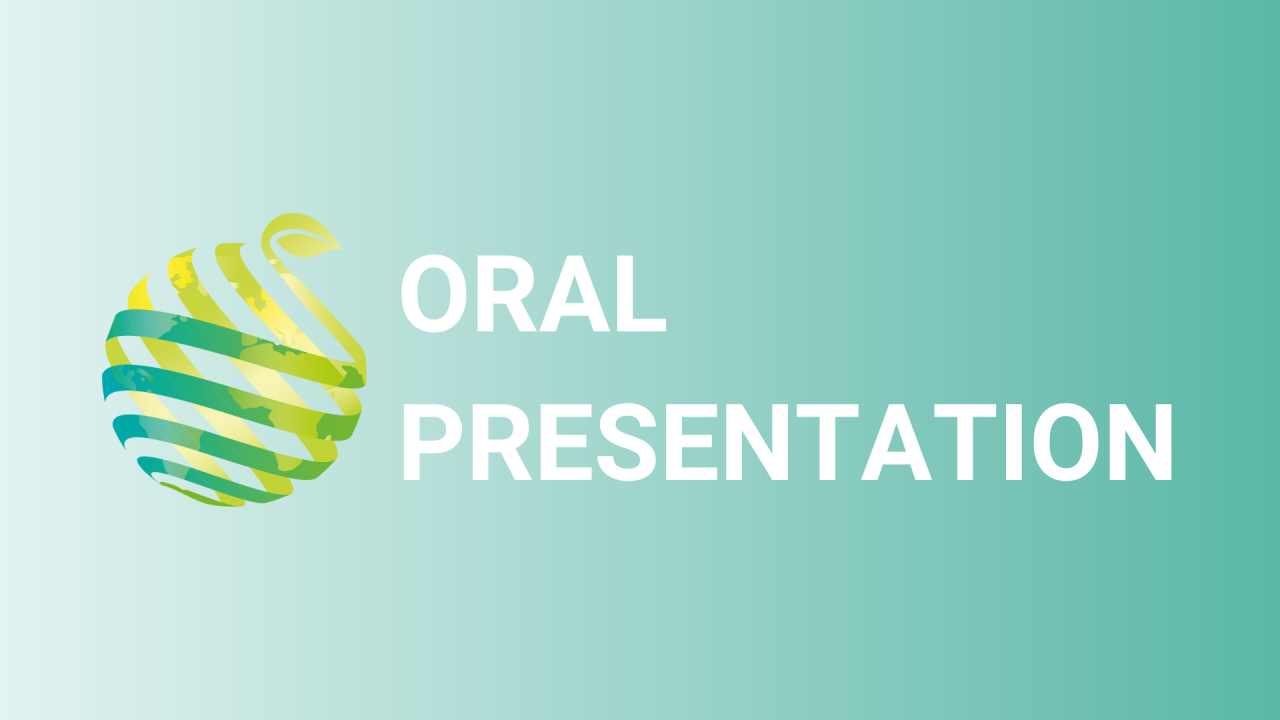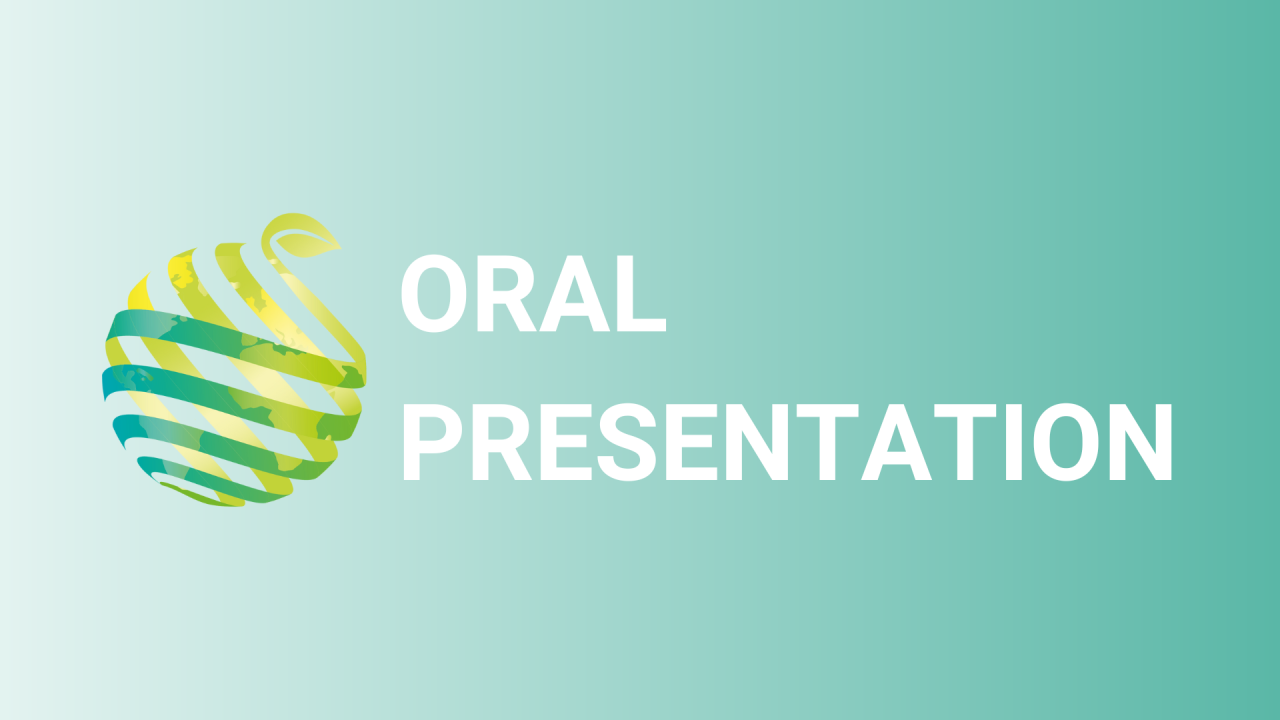

S02 - Session O5 - Evaluation of Intraspecific Grafted Tomato on Fusarium Wilt Disease Protection, Tomato Scion Growth, and Grafting Compatibility
Information
Authors: Prakob Saman *, Praphat Kawicha, Aphidech Sangdee, Somporn Wongpakdee, Ladawan Rattanapolsan, Thanwanit Thanyasiriwat
The Tomato ( Solanum lycopersicum L.) is a widely grown horticultural crop globally, including in Thailand. However, it is infected by Fusarium oxysporum f. sp. lycopersici (Fol),causing the reduction of yields. Grafting has been utilized widely in tomato production to prevent losses caused by soil pathogens. This study aims to investigate the disease resistance of the intraspecific tomato rootstock/scion grafting and evaluate the grafting compatibility and peroxidase gene expression as well as plant growth under non-infected conditions. Tomato, a susceptible variety "Sidathip 3" (STD3), was grafted onto four different Fol disease-resistant tomato accession rootstocks with grafting combination including self-graft (SDT3/SDT3) and intraspecific heterograft (LE314/SDT3, LE472/SDT3, LE482/SDT3, and LE501/SDT3). The survival rate of grafted plants was 100% at 30 days after grafting (DAG) compared to non-grafted tomatoes. All the intraspecific heterografted tomatoes had significantly reduced Fol disease symptoms at 60 days post-inoculation. The heterografted plants performed a disease severity score (DSS) of 0 and 0% of disease index (DI) compared to a self-grafted and non-grafted SDT3 with 4 DSS and 100% DI. It was found that there were no significant differences for grafting incompatibility (GI) of grafted tomatoes at 47 days after transplanting (DAT). However, the self-grafted plants showed a slightly lower GI than the heterografted ones. Peroxidase ( POX ) gene expression was compared between SDT3/SDT3 and LE472/SDT3. The expression level was higher in heterografted plants than self-grafted SDT3 at 4 and 15 DAG. The rootstocks had not significantly affected plant height and the number of branches of grafted tomatoes at 47 DAT. These results showed the effectiveness of intraspecific grafting by using the potential rootstock source to increase disease resistance with normal growth, which is of great importance as a tool for controlling tomato pathogen infection.